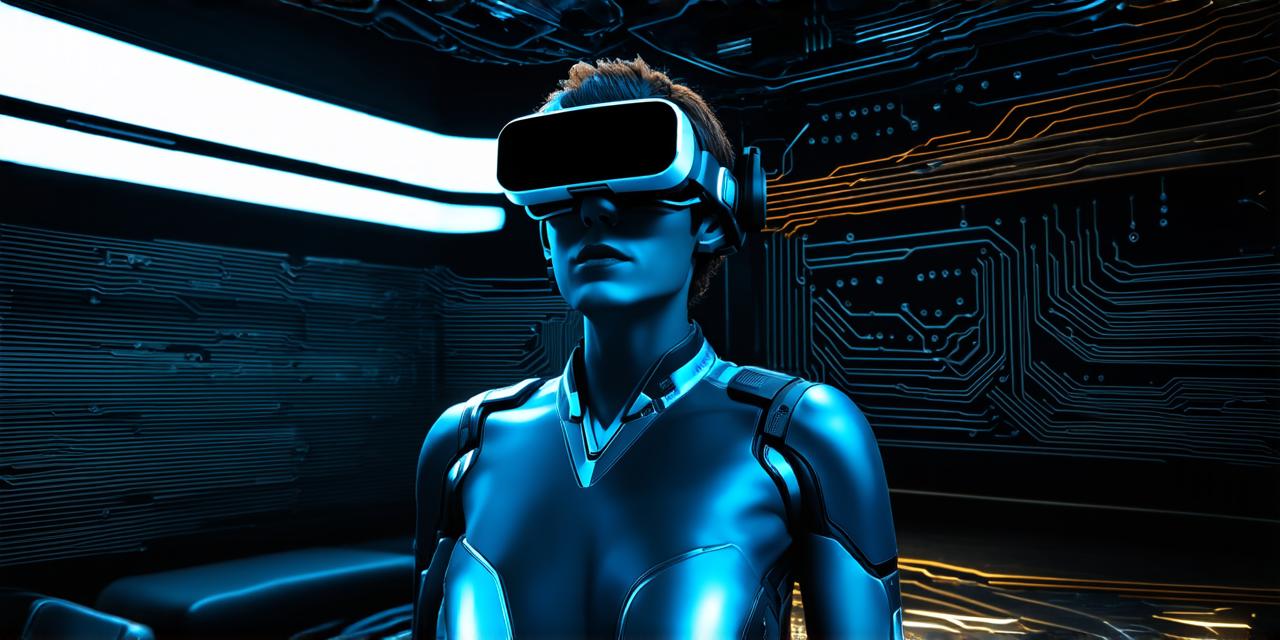Virtual reality (VR) is an emerging technology that has captured the imagination of people all around the world. From gaming to education and training, VR is being used for a wide range of applications.
One of the key features of VR is its ability to create immersive experiences that transport users into virtual environments. However, not all VR devices are created equal. Some VR devices have a pass-through feature, which allows users to see their real-world surroundings while still experiencing virtual content.
What is Pass-Through Feature?
The pass-through feature in VR allows users to see their real-world surroundings while still experiencing virtual content. This means that users can see themselves, other people, and objects in their physical environment, even when they are fully immersed in a virtual world.
Pass-Through Feature vs. Immersive Mode
The pass-through feature is distinct from the immersive mode, which completely blocks out the user’s real-world environment and fully immerses them in a virtual world. In the immersive mode, users cannot see themselves or their physical surroundings, and they are not aware of the time or location outside of the virtual world.
Benefits of Pass-Through Feature
The pass-through feature in VR has several benefits that make it useful for a wide range of applications. Here are just a few:
- Safety: In some applications, it is essential to maintain awareness of the physical environment to ensure user safety.
- Productivity: The pass-through feature can help increase productivity in applications where users need to maintain awareness of their physical environment while still experiencing virtual content.
- Accessibility: The pass-through feature is particularly useful for individuals who may have difficulty fully immersing themselves in a virtual environment, such as those with visual impairments or motion sickness. By allowing users to maintain some level of awareness of their physical surroundings, the pass-through feature can help make VR more accessible to a wider range of users.
- Training and Simulation: The pass-through feature is particularly useful in training and simulation scenarios where users need to be able to respond to real-world situations while still experiencing virtual content. By allowing users to maintain some level of awareness of their physical environment, the pass-through feature can help improve the realism and effectiveness of these scenarios.
Real-Life Examples of Pass-Through Feature in Action
There are several real-life examples of the pass-through feature being used in a variety of applications. Here are just a few:
- Medical Training: The pass-through feature is commonly used in medical training scenarios to allow students to see their physical surroundings while still experiencing virtual content. This can be particularly useful for training surgeons and other medical professionals, who need to be able to respond to real-world situations while still experiencing the virtual environment.
- Construction Training: The pass-through feature is also commonly used in construction training scenarios to allow workers to see their physical surroundings while still experiencing virtual content. This can be particularly useful for training crane operators or other construction workers who need to be able to respond to real-world situations while still experiencing the virtual environment.
- Flight Simulation: The pass-through feature is used in flight simulation scenarios to allow pilots to see their physical surroundings while still experiencing virtual content.
